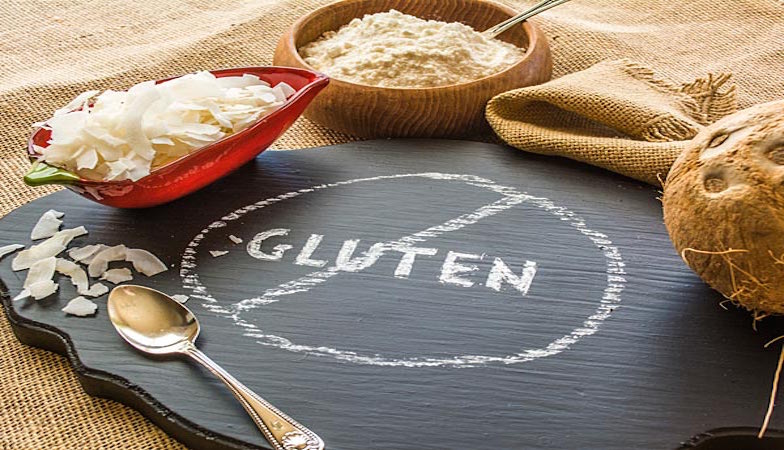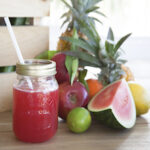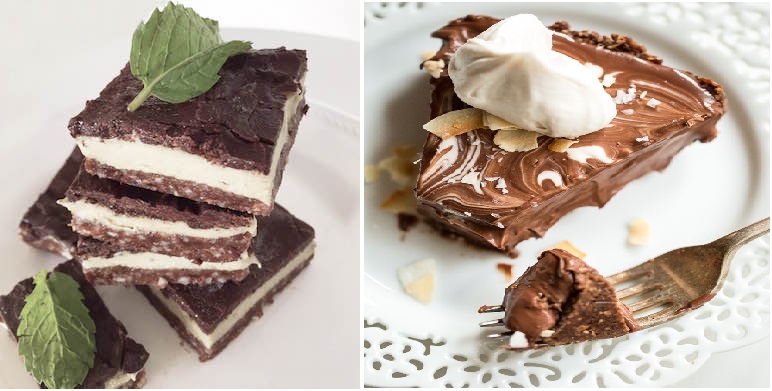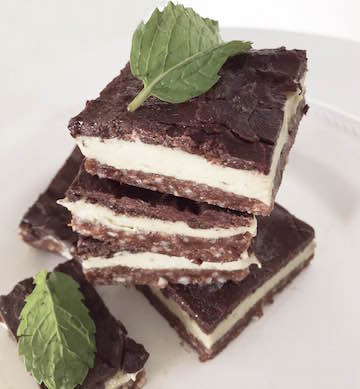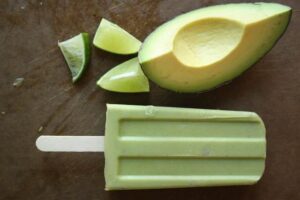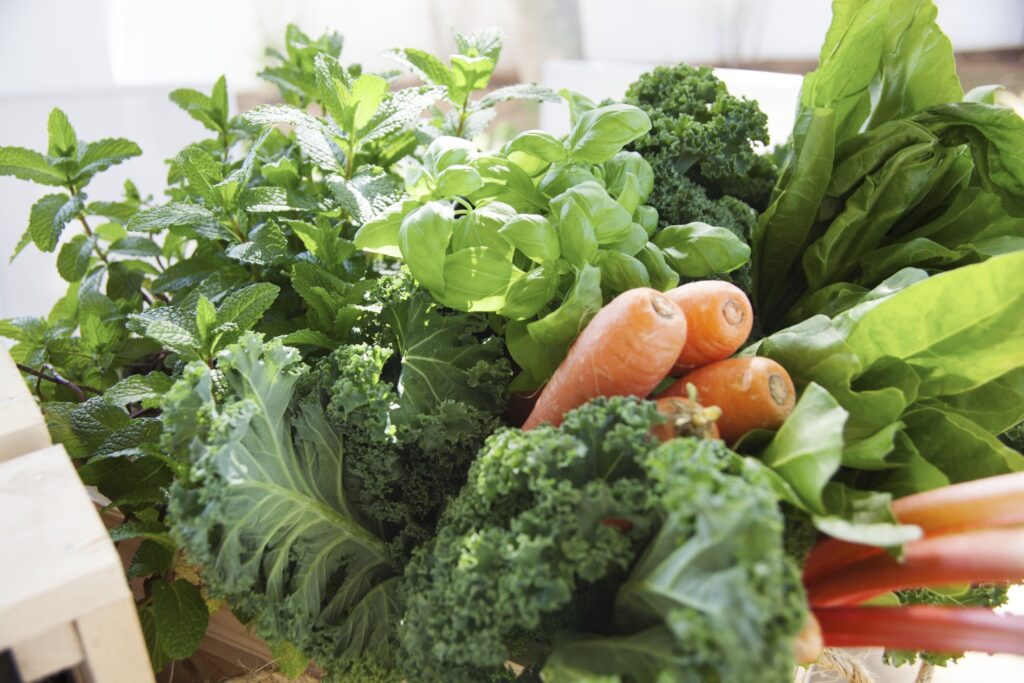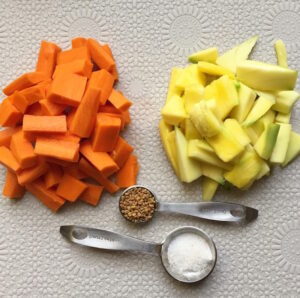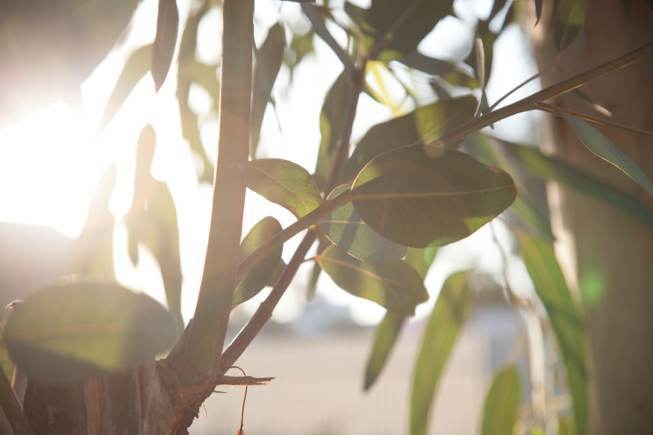The Hundred Wellness Center has teamed up with The Espresso Lab to bring an innovative coffee concept to Dubai and serve up freshly brewed coffee from one of the UAE’s favourite Baristas, Ibrahim Al Mallouhi. Giving healthy and delicious fuel to our guests after their Pilates classes, The Espresso Lab really is a laboratory for great coffee, with specialty beans flown in from all over the world.
We caught up with Ibrahim to give us an insight into the concept.
- Where did your coffee story begin?
For me making quality coffee is my calling in life. Ever since I was a young child, when I would watch my grandmother slowly roast the coffee beans, I knew it was a passion of mine, and something I needed to pursue.
When it comes to The Espresso Lab, I have done something no one else in the industry in the UAE has done. I dedicated my trips abroad to explore the best parts of the world, meet coffee farmers, talk to people over a cup of coffee and actually studied the techniques and the great history behind every bean of speciality coffee that is roasted and brewed. I started to understand the difference between the beans; the grading and everything fell in to place. By then I knew the right path to focus on and what attracted me at the most.
As a result, I am using this knowledge when I communicate with consumers, as I have first hand knowledge of what goes in to their coffee. I guess you can say, I went on an extreme search for the perfect cup of coffee!
- What makes The Espresso Lab as a concept so special?
Opening a coffee concept with a difference in my home country was only natural for me. You should always believe in what you do and be passionate about what you do, so, unlike the other coffee stores which focus on time and profit, I focus mainly on the quality of my product. I live by an Arabic proverb, which means that Allah will be pleased with those who try to do their work in a perfect way.
This is reflected into my day-to-day life and I have strived to make The Espresso Lab as perfect as I can. It’s also registered as a member in The Speciality Coffee Association of America, The Speciality Coffee Association of Europe and The Alliance for Coffee Excellence. In addition, all of our baristas have a coffee degree and extensive knowledge, with some of them even coming from barista and coffee grower families. I have taught them that every cup of coffee served must be served as they would explain it to the judges on a the panel of a barista competition and explain to each customer the source of our coffee and answer any questions delightedly.
I show my dedication to my passion and I am always at the outlet looking for ways to improve it. I study what others are doing in the industry and I am even travelling to a tiny village in Norway next month to visit what is considered one of the world’s best coffee shops!
- What makes your coffee so delicious?
First of all we only use Microlot coffee. If you imagine a pyramid of coffee, at the bottom you have the lower quality, mass-produced coffee and at the top you have Microlot coffee, which has been harvested in a more careful way. Most places don’t use Microlot coffee as it’s more expensive, but for me there was no other option as it’s the best.
When we look at the farmers we work with, they should all be ‘Cup of Excellence’ certified by the Alliance for Coffee Excellence, the most prestigious award given to a fine quality coffee.
Internally, we make sure our coffee tastes as good as possible by the periodic monitoring it and assuring that it is following the identified standards. We do three tasting throughout the day, one early morning, one at noon and finally one in the afternoon. Coffee can change its taste throughout the day, which then in turn changes the way you need to serve it. We also only serve our coffees with one brand of full fat milk, which we researched for months, as this again changes the taste dramatically. Finally, we neither serve nor recommend adding sugar with our coffee as the taste has the right amount of sweetness already, something which would be ruined with added sugar.
At The Espresso Lab, it is about the whole guest experience. Even our playlist has been handpicked according to international coffee music standards. Yes, that’s right, music can change how you experience your coffee!
- What is your favourite cup of coffee?
To be honest I don’t have a favourite way to take my coffee. I like trying every way and perfecting the art of serving all types of coffee. At The Espresso Lab, our signature coffee is the Gibraltar, which is served in a glass, with a lower proportion of milk.
- What do you see in the future for The Espresso Lab?
We want to be the place that others measure themselves against. We want to continue to work and develop on our techniques and strive to be the best and hopefully one day to compete in international barista championships, representing the UAE. I want to share my passion with the world and educate the UAE community about the great process of serving the perfect cup of coffee. This will result in valuing the Speciality Coffee Industry and will definitely support the shift of the coffee culture in the region.
Now that you have heard the story of The Espresso Lab we hope to see you soon so you can try the coffee out for yourself!


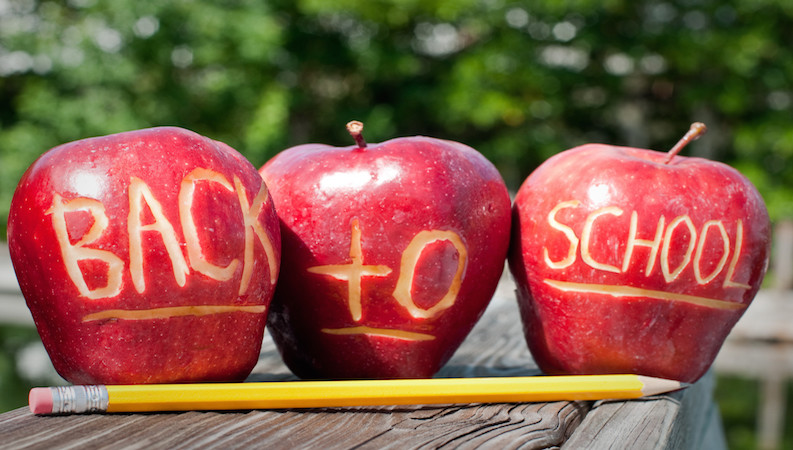
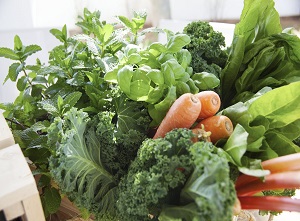



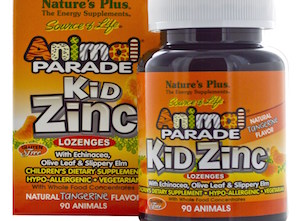
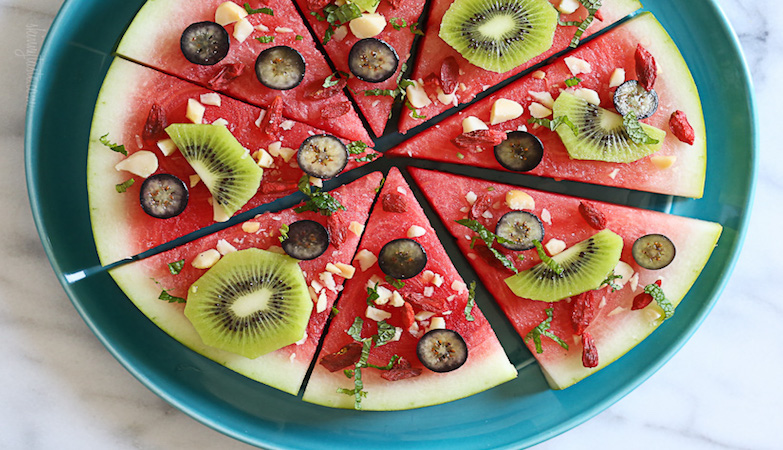
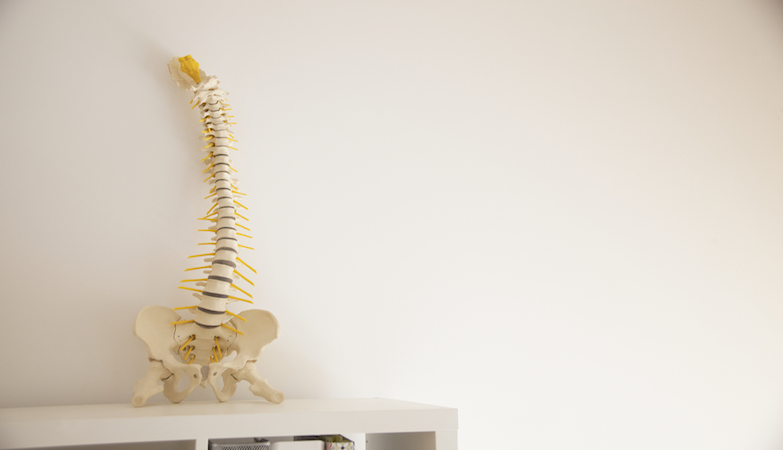

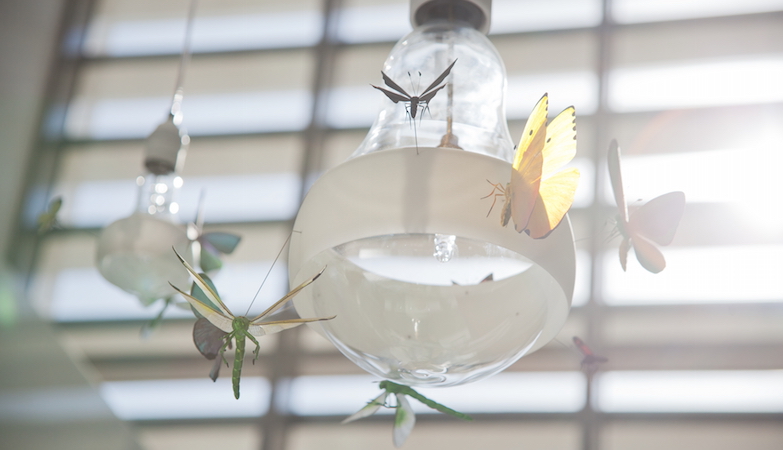

 Sun exposure to the skin is the most natural, effective and unfortunately the most neglected source of vitamin D. The best way to get vital vitamin D is to expose yourself to more direct sunlight! Getting just 15 minutes of direct sunlight a day (without sun cream) can give your body all the vitamin D it needs. You can also increase the amount your body receives by eating vitamin D strong foods like oily fish, eggs, leafy greens, tofu, pulses, seeds and whole grains.
Sun exposure to the skin is the most natural, effective and unfortunately the most neglected source of vitamin D. The best way to get vital vitamin D is to expose yourself to more direct sunlight! Getting just 15 minutes of direct sunlight a day (without sun cream) can give your body all the vitamin D it needs. You can also increase the amount your body receives by eating vitamin D strong foods like oily fish, eggs, leafy greens, tofu, pulses, seeds and whole grains.
